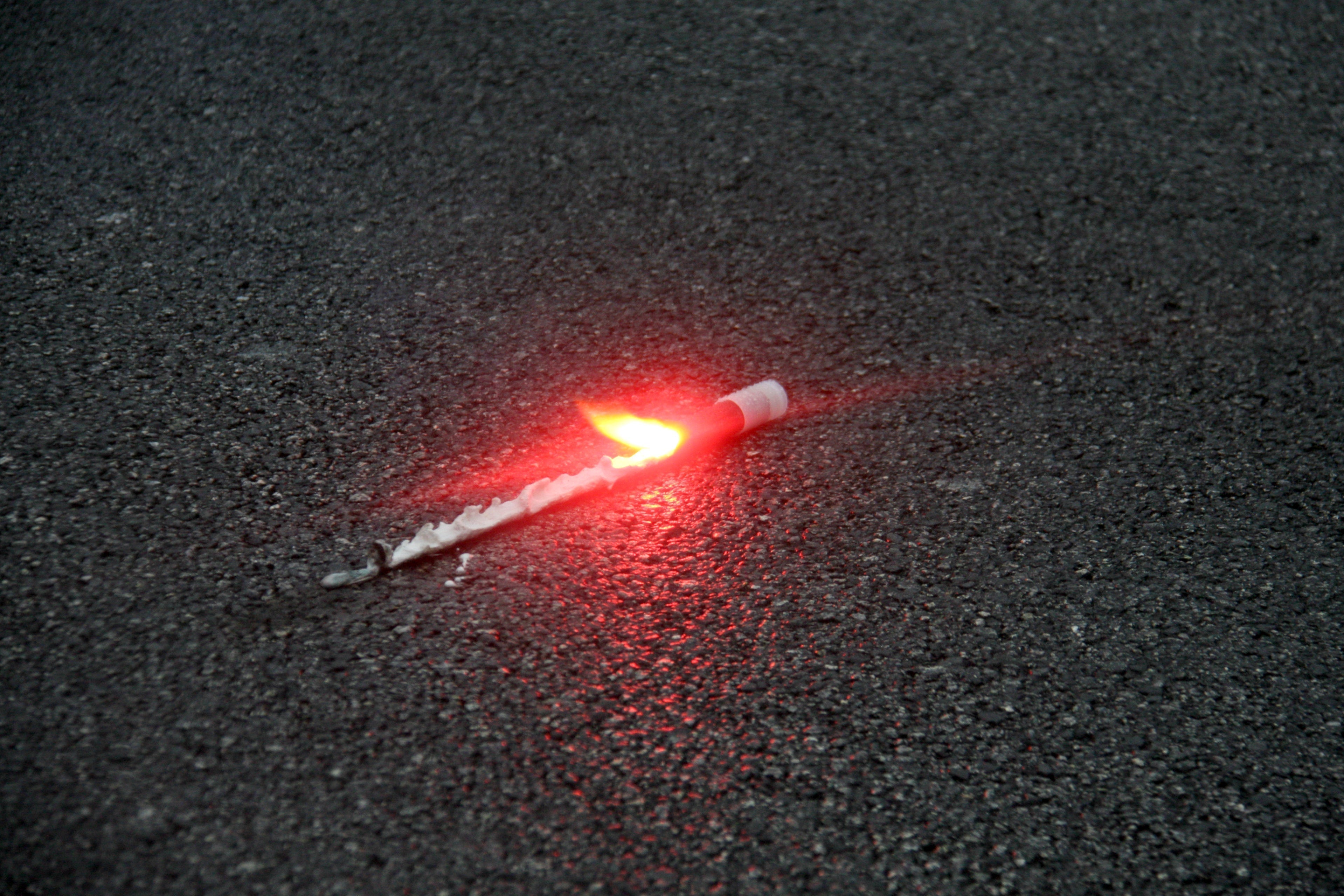Why Traffic Flares Matter in Emergencies
Traffic flares are critical safety signaling devices used by emergency responders, law enforcement, and disaster crews to alert, redirect, or protect motorists and pedestrians. Whether you're responding to a car accident, setting up a temporary roadblock, or directing crowds during a natural disaster, flares offer immediate visibility and warning.
Types of Traffic Flares
1. Traditional Fusee Flares
These are the red-stick flares most people recognize. They’re chemical-based and burn for 15–60 minutes with a bright flame that is visible in fog, rain, or darkness. Great for short-term use but require caution—fumes, hot sparks, and fire risk.
2. LED Road Flares
Rechargeable and reusable, LED flares are safer alternatives that emit bright, pulsating light without heat or fumes. Most have multiple flash modes and can last up to 60+ hours per charge. Ideal for indoor and outdoor emergency prep kits.
Common Applications
- Vehicle Breakdown: Place flares 50–100 ft behind the car to warn incoming traffic.
- Work Zones: Mark safe zones and alert passing motorists.
- Crowd Control: Use LED flares to mark emergency exits or restricted zones during events.
- Natural Disasters: Alert drivers to road damage, fallen power lines, or emergency detours.
How to Deploy Traffic Flares Safely
1. Check Wind Direction
Always light and place flares upwind of your position to avoid inhaling fumes or catching clothing.
2. Maintain Safe Distance
Place flares at intervals (every 20–30 feet) to give drivers a progressive visual warning.
3. Use in Combination
For best results, use fusee flares initially, then back them up with LED units for prolonged visibility.
OSHA and FEMA Guidelines
While OSHA doesn’t directly regulate flares, they require that all work zones and emergency response areas be properly illuminated and marked. FEMA recommends flares as part of any vehicle emergency kit and for crowd safety protocols.
Learn more about OSHA’s emergency planning guidance here.
Choosing the Right Traffic Flares
Best for Emergency Vehicles
LED road flares with magnetic mounts—easily attach to metal surfaces and can flash SOS or beacon patterns.
Best for Civilians
Compact LED kits with multiple flare units and USB charging are safe and easy to store in your glove box or backpack.
Best for Construction Crews
Fusee flares with built-in stand bases or spike legs to secure them on pavement or dirt.
Where to Buy Traffic Flares
At eDisasterSystems.com, we carry both LED and traditional flares trusted by first responders, contractors, and emergency managers. Shop our Traffic Control Collection to find DOT-approved gear for your specific use case.
Pro Tips: Don’ts of Traffic Flare Use
- ❌ Don’t throw lit flares from a distance.
- ❌ Don’t use flares near fuel spills or flammable gases.
- ❌ Don’t reuse fusee flares—they’re one-time only!
- ❌ Don’t leave LED flares in extreme heat without proper casing.
Conclusion: Light the Way to Safety
Traffic flares are more than just glow sticks for emergencies—they are lifesaving tools that enhance visibility, prevent accidents, and guide people to safety. Keep a kit in every vehicle and ensure your team knows how to deploy them correctly.
About the Author: Mick Chan
Mick Chan has been in the Safety Supplies industry for over 15 years. As a seasoned expert in OSHA compliance and safety product procurement, Mick brings practical insight to help businesses meet workplace safety standards with confidence. He graduated from Cal State LA in 2013 with a Bachelor's in Business Administration and was born and raised in the San Gabriel Valley, a suburb of Los Angeles. His expertise bridges both regulatory safety needs and product performance in the field.

